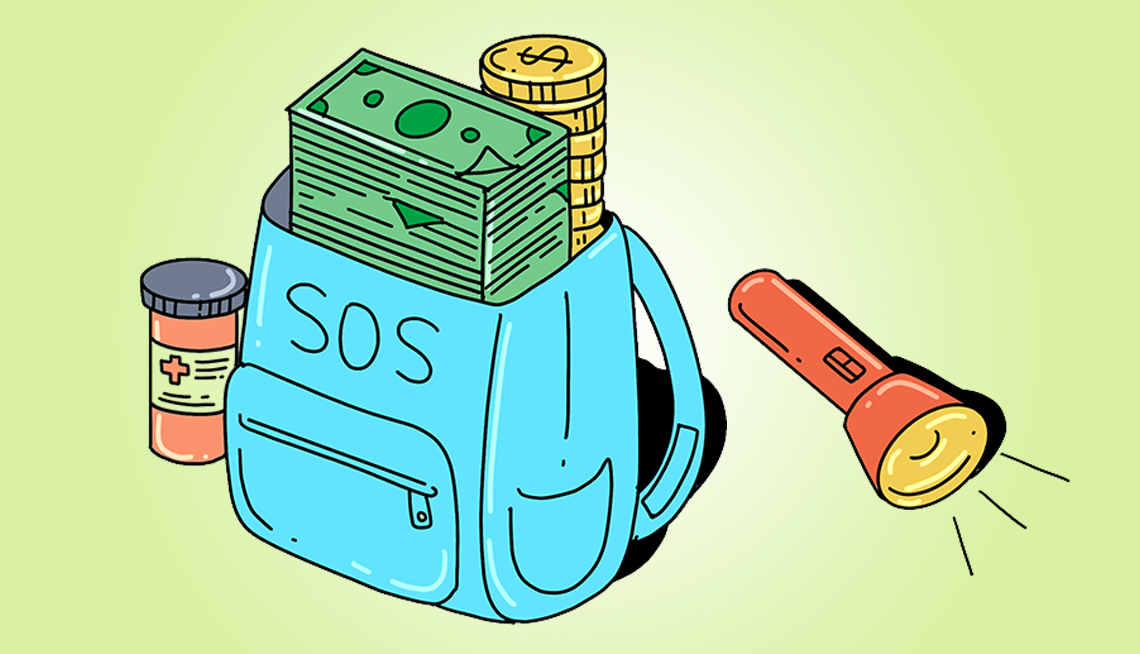AARP Hearing Center
Cash on hand: You need it for daily cups of coffee, weekend grocery runs and monthly utility bills. You need it for major outlays, like a new car or a tuition bill. And you need it for emergencies—repairs, medical bills, natural disasters and more.
But how much cash? That’s the tough question. If you don't have enough in your wallet or the bank, every curve life throws you—say, a flooded basement or a trip to the emergency room—becomes a financial crisis, one that could force you to take on new debt or cash out investments at a loss. Too much set aside, and you risk lost investment opportunities—ones that could give you the money for a more enjoyable retirement.
“The right amount of cash on hand is one of my clients’ most common concerns,” says Steven Thalheimer, a financial planner in Silver Spring, Maryland. The number depends on a multitude of factors, including your income, health, family needs and life goals—plus your worries, if they’re keeping you up at night. “It’s a very individual thing,” Thalheimer says.
Not sure about how much you need in liquid assets? You can get a good idea by making a few simple estimates..
1. Calculate your monthly expenses
Total up all your outlays, whether they’re household supplies, dinners out or retirement plan contributions. You’ll find the numbers you need by looking at recent credit card bills, bank statements and pay stubs. Go long: The more months you look at, the less likely you will be to overlook expenditures that occur regularly but not on a monthly basis, like insurance premiums, tax payments and oil changes. “The bigger the time period, the better the data,” says Kristin Pugh, a private wealth manager at Creative Planning in Atlanta.
The result is the amount of money you realistically need per month, on average, when things are going well.







































































